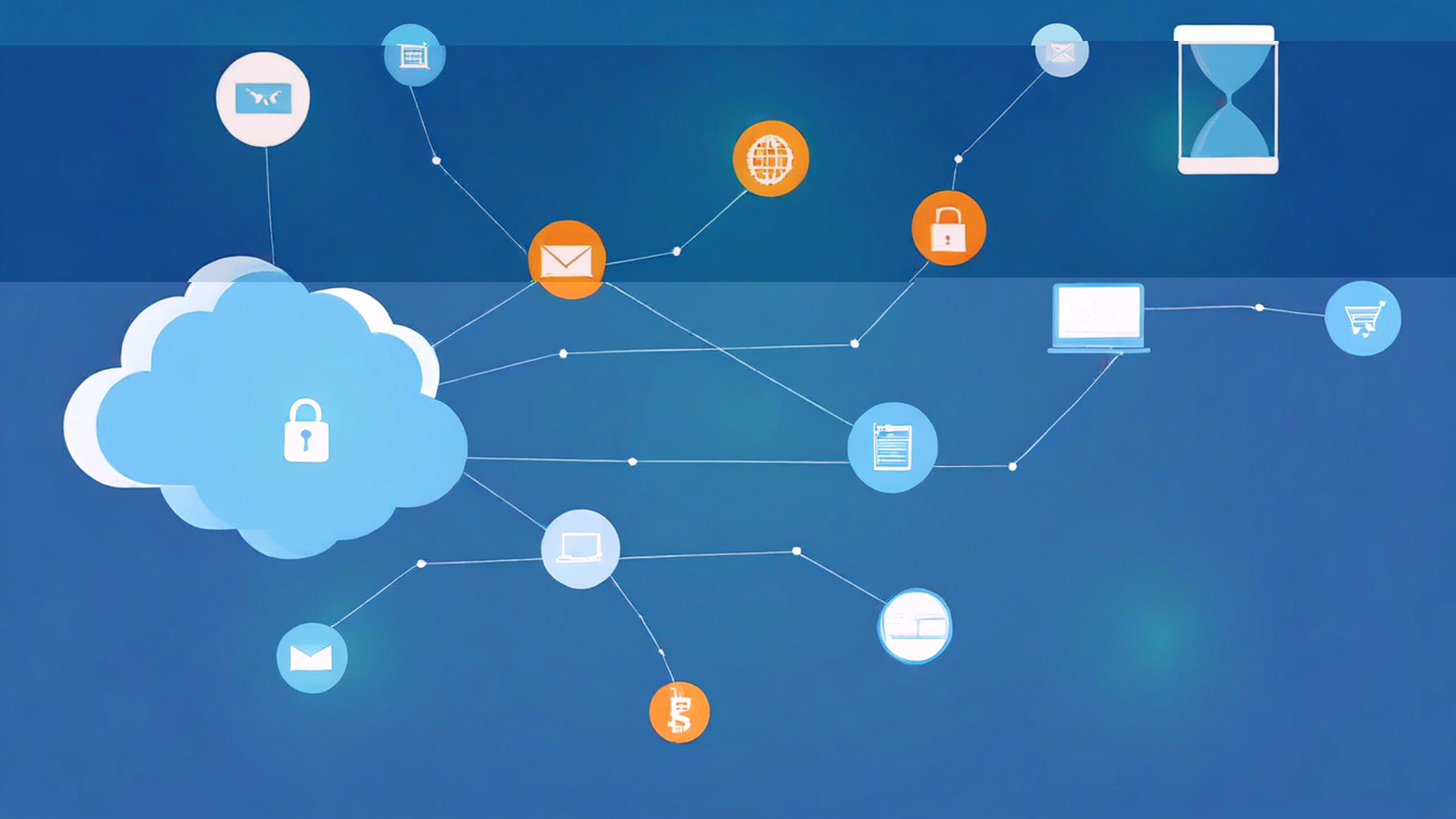Cloud computing has revolutionized how businesses operate, offering scalability, flexibility, and cost-efficiency. However, as organizations migrate critical workloads to the cloud, security remains a top concern. Cyber threats such as data breaches, unauthorized access, and ransomware attacks are on the rise, making cloud security a non-negotiable priority.
In this comprehensive guide, we’ll explore actionable strategies to secure your cloud infrastructure effectively. Whether you’re a CTO, IT administrator, or cloud architect, these best practices will help you safeguard your data, applications, and networks from evolving threats.
Why Cloud Security Matters More Than Ever
Before diving into solutions, let’s understand why cloud security is critical:
- Data breaches cost millions – The average cost of a data breach in 2023 was $4.45 million (IBM Security).
- Regulatory compliance is mandatory – Laws like GDPR, HIPAA, and CCPA impose strict penalties for lax security.
- Hybrid work increases risks – Remote access and multi-cloud environments expand attack surfaces.
Securing your cloud isn’t just about technology—it’s about adopting a proactive security mindset.
1. Implement Strong Identity and Access Management (IAM)
Problem: Unauthorized access is a leading cause of cloud breaches.
Solution:
- Enforce Multi-Factor Authentication (MFA): Require at least two verification methods (password + OTP/biometrics).
- Follow the Principle of Least Privilege (PoLP): Grant users only the permissions they need.
- Use Role-Based Access Control (RBAC): Assign permissions based on job functions.
- Regularly Audit User Permissions: Remove inactive accounts and excessive privileges.
Pro Tip: Use tools like AWS IAM, Azure Active Directory, or Okta for granular access control.
2. Encrypt Data at Rest and in Transit
Problem: Unencrypted data is a goldmine for hackers.
Solution:
- Enable TLS/SSL Encryption: Protect data moving between users and cloud services.
- Use Server-Side Encryption (SSE): Leverage cloud provider tools like AWS KMS or Azure Key Vault.
- Implement Client-Side Encryption: Encrypt sensitive data before uploading to the cloud.
- Manage Encryption Keys Securely: Avoid storing keys in plaintext or hardcoded scripts.
Pro Tip: For maximum security, use AES-256 encryption, the industry standard for data protection.
3. Deploy Network Security Controls
Problem: Open cloud networks are vulnerable to attacks like DDoS and MITM.
Solution:
- Use Virtual Private Clouds (VPCs): Isolate cloud resources in private networks.
- Configure Firewalls & Security Groups: Restrict inbound/outbound traffic to only necessary ports.
- Enable Web Application Firewalls (WAFs): Block SQL injection, XSS, and other OWASP Top 10 threats.
- Monitor Traffic with IDS/IPS: Deploy intrusion detection/prevention systems for real-time threat blocking.
Pro Tip: AWS Shield, Azure Firewall, and Cloudflare WAF are excellent for cloud network security.
4. Monitor and Log All Cloud Activities
Problem: Without visibility, breaches go undetected for months.
Solution:
- Enable Cloud Logging: Use AWS CloudTrail, Azure Monitor, or Google Cloud Logging.
- Set Up SIEM Solutions: Tools like Splunk or Datadog correlate logs for threat detection.
- Implement Automated Alerts: Get notified for suspicious activities (e.g., failed logins, unusual data transfers).
- Conduct Regular Audits: Review logs for anomalies and compliance gaps.
Pro Tip: AI-driven tools like Microsoft Sentinel help detect advanced threats faster.
5. Secure APIs and Microservices
Problem: APIs are a favorite attack vector for hackers.
Solution:
- Use API Gateways: Tools like AWS API Gateway or Kong enforce rate limiting and authentication.
- Apply OAuth 2.0 & API Keys: Restrict API access to authorized users only.
- Validate Inputs & Outputs: Sanitize data to prevent injection attacks.
- Monitor API Traffic: Detect and block abnormal API calls.
Pro Tip: Follow the OWASP API Security Top 10 checklist for best practices.
6. Backup and Disaster Recovery Planning
Problem: Ransomware can cripple cloud operations without backups.
Solution:
- Follow the 3-2-1 Backup Rule: 3 copies, 2 different media, 1 off-site backup.
- Test Restorations Regularly: Ensure backups are functional.
- Use Immutable Backups: Prevent attackers from deleting backups.
- Automate Backup Policies: Schedule frequent snapshots for critical data.
Pro Tip: AWS Backup, Azure Site Recovery, and Veeam simplify cloud backup management.
7. Stay Compliant with Industry Standards
Problem: Non-compliance leads to fines and reputational damage.
Solution:
- Align with Frameworks: Follow NIST, ISO 27001, CIS Benchmarks.
- Conduct Penetration Testing: Hire ethical hackers to find vulnerabilities.
- Document Security Policies: Maintain clear incident response plans.
Pro Tip: Tools like Prisma Cloud automate compliance checks across multi-cloud environments.
Final Thoughts: Security is a Continuous Process
Cloud security isn’t a one-time setup—it’s an ongoing commitment. By implementing these best practices, you’ll significantly reduce risks and build a resilient cloud infrastructure.
Key Takeaways:
✅ Enforce MFA & least privilege access
✅ Encrypt data at rest and in transit
✅ Monitor logs & network traffic
✅ Secure APIs & microservices
✅ Maintain automated backups
Stay ahead of threats by continuously updating your security posture and leveraging advanced cloud security tools.
